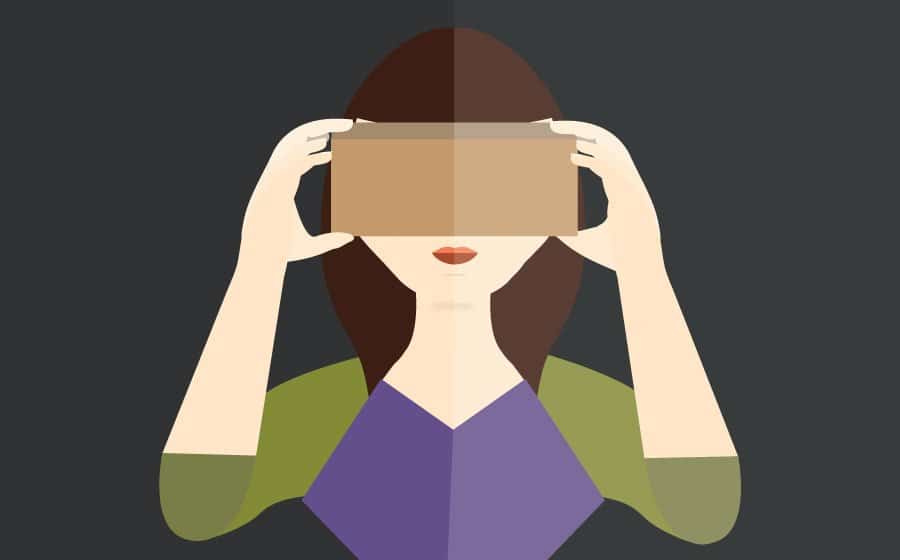World of Warcraft has a branding problem: When the majority of your audience is basement-dwelling game-aholics, it can be hard to appeal to a wider audience. But with the 2016 release of the World of Warcraft movie, big names and big budgets have been thrown around to make a flick that hardcore gamers can appreciate. At the same time, WoW needed to find a way to turn the general public into fanboys and this year’s Comic-Con.
The WoW solution was to give diehard fans and curious looky-loos a chance to experience WoW through virtual reality simulations. By finding a way to produce inexpensive VR machines, WoW was able to hand out 50,000 units to Comic-Con goers, officially turning WoW naysayers into true believers.
Virtual reality might sound like the way of the future, but it’s slowly making its way into mainstream entertainment and education. In fact, adding VR to customer education and employee training might be more feasible than you think; especially if you follow WoW’s lead.
Mass-Market Virtual Reality
Let’s face it: Virtual reality simulations aren’t cheap. But with around 150,000 people in attendance, WoW brought the costs down via a BYOD approach. After all, most visitors would already have a smartphone in their back pocket, so why not use it? By working with Google to construct a cardboard box-like viewing device, users were asked to slip the viewer over their smartphones. When activated with the special WoW movie app, when users moved around the room, the box blocked out distractions, while the app reacted to that movement to show different scenes and scenarios familiar to any WoW player–and newly intriguing to those who don’t play.
Cheap and effective, WoW successfully generated interest while educating those new to the game about the upcoming flick.
DIY Virtual Reality at Work
Sure, it might have worked at Comic-Con, but does VR really have a place in corporate America? The answer is yes, particularly when training centers around actions or behavior. Whether it’s safety training, military training, or even assembly line training, virtual simulations allows employees to test their skills in a safe environment. If practice makes perfect, then VR makes practice possible.
It doesn’t have to be a pricey 3D machine, either. Learning from WoW’s lead, we learn that simulations combined with fewer distractions can create a virtual environment perfect for training and education. Utilizing learners’ own devices is a stroke of genius as well, since most already have and use theirs regularly.
You might not know the difference between Fenris and Durotan, but you can appreciate the way WoW approached customer education at Comic-Con. With a relatively small investment, thinking inside the box will pay off big time with movie ticket sales next year.






